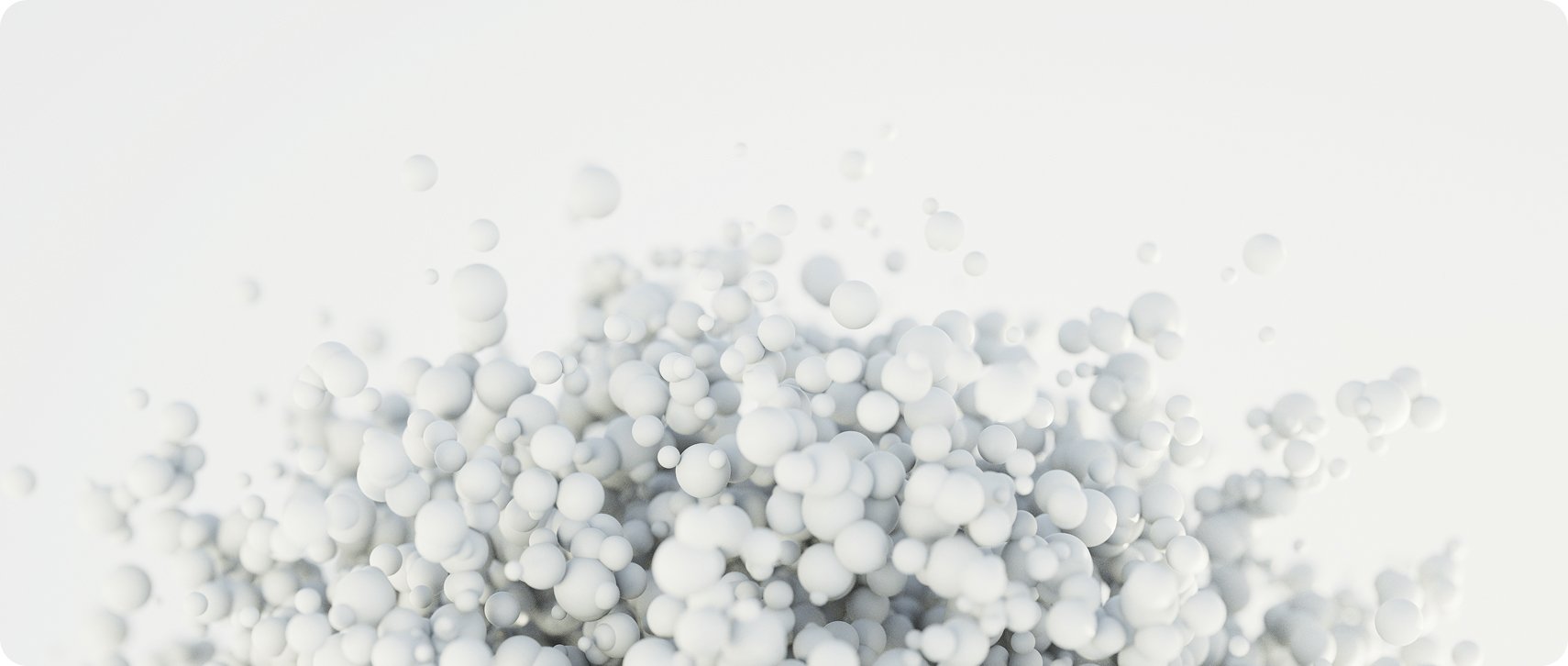Polytetrafluoroethylene (PTFE)
Polytetrafluoroethylene (PTFE), commercially known as Teflon®, is a highly crystalline fluoropolymer synthesized from tetrafluoroethylene monomers. This material exhibits the lowest known surface energy among solid substances, delivering exceptional non-stick properties, chemical inertness (resistant to strong acids/bases and organic solvents), broad operating temperature range (-200°C to 260°C), and an ultra-low friction coefficient. Its unique fluorocarbon structure provides outstanding electrical insulation, weather resistance, and self-lubricating characteristics. Widely applied in non-stick coatings, sealing materials, high-frequency electronic components, and chemical corrosion protection, PTFE serves as an indispensable strategic polymer in advanced manufacturing.
Core Functional Properties
1. Material Origin
- Imported fluoropolymer base material
- Modified via surface activation and molecular chain tailoring
2. Performance Advantages
- Ultra-fine particles: 3.5μm-grade powder (D50)
- High dispersibility: Anti-agglomeration surface treatment
- Enhanced functionality:
✓ Improves coating non-stickiness (contact angle >110°)
✓ Boosts scratch resistance (hardness increase: 1-2H)
✓ Maintains substrate adhesion (ASTM D3359 Class 0)
Application Fields
Industry | Application Scenario | Functional Value |
Industrial Coatings | Coil coatings/ Pre-coated metal | Anti-fingerprint, weather resistance |
Premium Homeware | Non-stick cookware coatings | Anti-fingerprint, weather resistance |
Wood Coatings | Wear-resistant floor finishes | 300% extended scratch resistance |
Specialty Inks | Anti-graffiti printing coatings | Stain resistance, easy cleaning |
Application Guidelines
Application | Dosage | Dispersion Protocol |
Plastic Coatings | 1-3% | High-speed dispersion (>2000 rpm) |
Coil Coatings | 0.3-1.5% | Grind to fineness ≤15μm |
Wood Coatings | 2-4% | Pre-mix with resin before dispersion |
Critical Precautions
1. Dosage Control
- >5% may reduce coating transparency
- Validate adhesion when abrasion resistance requires >4%
2. Dispersion Process
- Mandatory use of high-shear dispersion equipment
- Must never be added directly to curing agent systems
3. Storage Requirements
- Store sealed in dark (humidity <60%)
- 24-month shelf life (≤25°C)
4. Safety Warnings
- Operate with PM2.5 respirators
- Avoid high-temperature sintering (>300°C triggers fluoride release)




